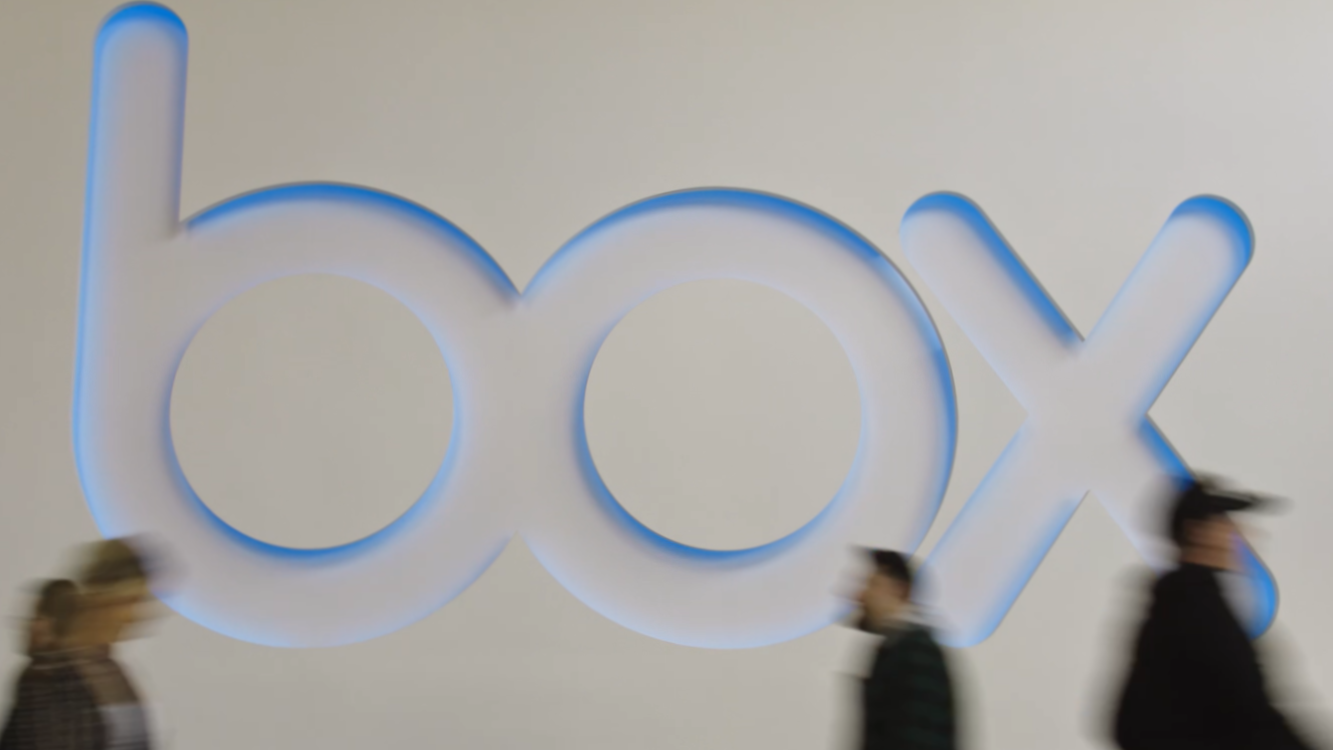
セキュリティデータを把握してサイバー脅威に効果的に対抗する Box 社
Box 社はコンテンツとワークフローに対する堅固な保護をさらに強化させ、Tableau Cloud で Tableau Pulse を活用してインサイトを引き出し、AI の悪用による進化止まない脅威に対するセキュリティ対策を最適化しています。

Box 社はコンテンツとワークフローに対する堅固な保護をさらに強化させ、Tableau Cloud で Tableau Pulse を活用してインサイトを引き出し、AI の悪用による進化止まない脅威に対するセキュリティ対策を最適化しています。